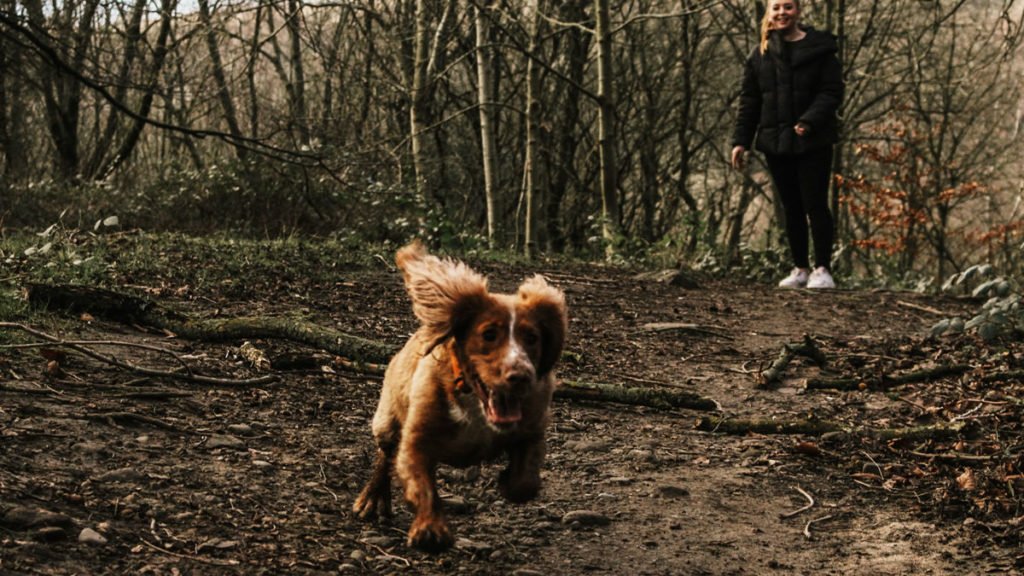The temperature in our are is getting cooler which means more walks for our dogs. If you live near Little Egg Harbor, Tuckerton, Mystic Island, New Gretna, West Creek, Manahawkin, or anywhere in the LBI region then you know about our great outdoors and many trails to walk our pets. Exercising your dog is healthy but sometimes going out for a walk in the woods or any trails can lead to ticks and various other gritters sticking to your dog.

Depending on the breed, your dog may need a lot of exercise! For busy people, the minimum, a daily walk, can be a struggle. And if it’s raining? If the ground is muddy? All that cleanup after? The chances of you still taking your dog for a walk is not very likely. We understand your struggle! Cleanup can be quick and easy if you follow these steps!
- Use disposable wipes. If your dog has gotten into a lot of mud or thick mud, it will be best to wipe off the majority with wipes you can throw away. This will make bathtime and clean up a lot faster and easier.
- Use warm water. A bucket of warm water can be left just inside your house or just outside. Using warm water to wash away dirt is usually faster and more pleasant for your dog. Just make sure the water isn’t too hot! Giving your dog a quick rinse can often take care of all the mud, but if it doesn’t, it will make them clean enough to get to the tub!
- Use a mild shampoo. If it’s the rainy season and you’ll be washing your dog frequently, it’s important not to dry out their skin, coat, and paws with a harsh shampoo. Often, you can rinse away the dirt with just warm water and only use shampoo every couple of baths. This protects your dog’s skin, and it could save you time.
Mud is not the only problem you may face when you take your dog for a walk. It’s what’s lurking in the trees and grass as you pass: ticks. Ticks are very common, and it is never fun to find a tick on you or your dog. However, there are a few quick tricks that can make getting rid of a tick easy and quick.
- Get supplies. It’s best to get a pair of gloves to protect yourself if the tick is diseased. Also, get a pair of clean tweezers and a pet-safe antiseptic to put on the bite once the tick is removed.
- Grab the tick with the tweezers. You want to get as close to the dog’s skin as possible. You should aim for the tick’s head. Then, apply pressure to the tick’s head to help get it to release. Pull gently, so you don’t tear your dog’s skin.
- Clean the wound. Use a cotton swab and a pet-safe antiseptic to clean the wound.
Ticks can cause disease, including lyme disease and Rocky Mountain spotted fever. If your dog shows any of the following symptoms for more than a couple of days, even if they have not been bitten by a tick, it might be a good idea to call the vet or schedule an appointment.
- Lethargy – your dog seems tired and doesn’t have its usual energy.
- Odd eating patterns – your dog hasn’t eaten for a couple of days or has only eaten a little.
- Inconsistent stool – bloody, mucousy, or runny stool can be signs of more serious problems.
It’s always better to be safe than sorry. Make sure you pay attention to your dog’s cues.
Citations




